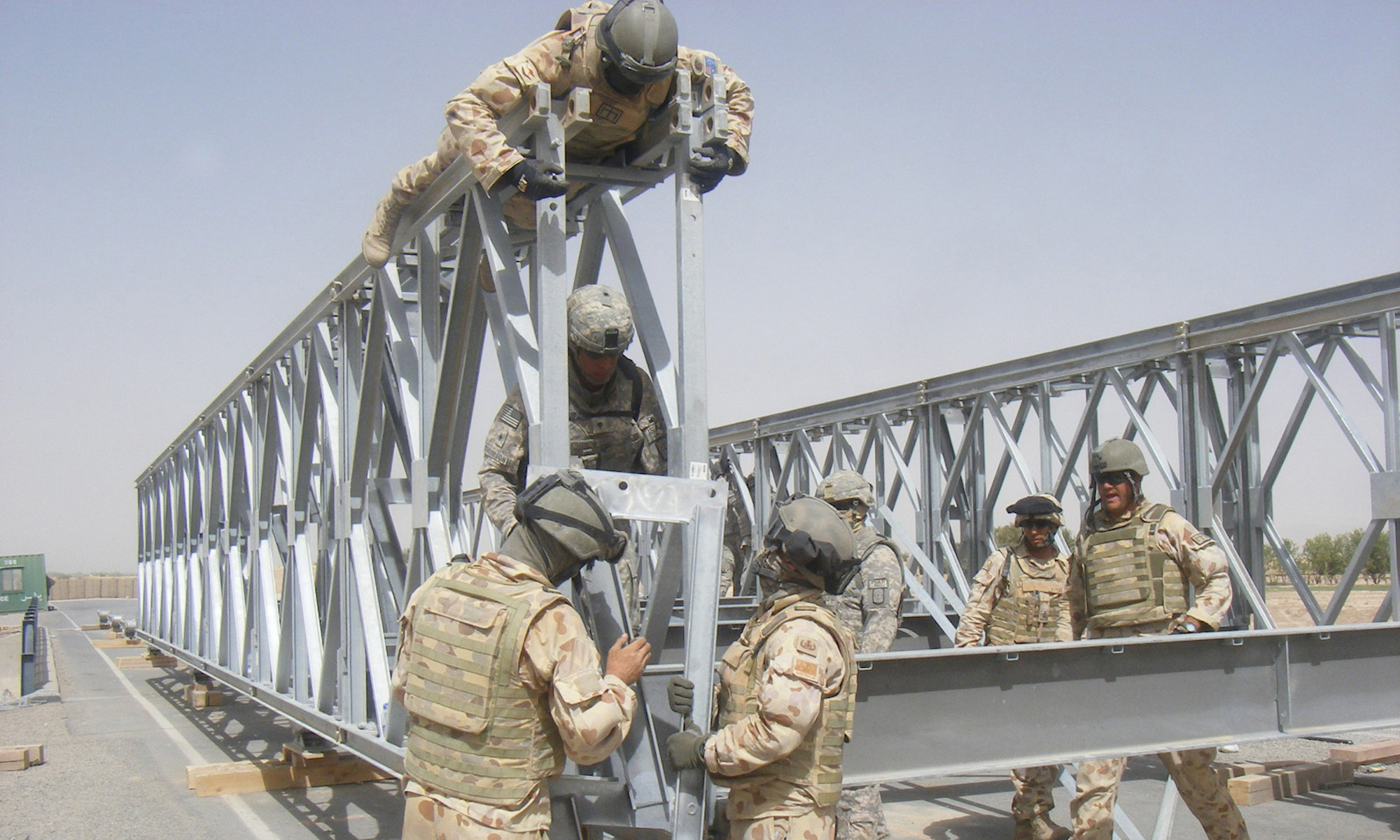I am delighted to present this report on the assessment of contaminated sites in Iraq. This pioneering work has been conducted by the Iraqi Ministry of Environment and its professional experts under the guidance and supervision of United Nations Environment Programme (UNEP).
The project is part of a series of capacity building activities being undertaken by UNEP, with support from the Government of Japan through the UN Iraq Trust Fund. While UNEP has been undertaking post-conflict environmental assessments since 1999, the situation in Iraq posed some unique challenges. Initial field visits by the UNEP team indicated the need to urgently assess the level of contamination at a number of industrial sites. However, the security situation did not permit UN staff to work inside the country.
UNEP therefore developed a specific approach to assess the contaminated sites using a team of Iraqi experts from various Ministries that were selected and trained by UNEP experts to undertake the work. The data gathered inside Iraq was supplemented with satellite imagery,
and samples were analysed in international laboratories. All of the field work was documented in great detail using global positioning systems and digital cameras. The outcomes of the work highlight a number of important findings and lessons. First and foremost, the report demonstrates that while there are contaminated sites in Iraq, the environmental risks are still very localised and the opportunity exists to initiate immediate clean-up before public health is threatened. Urgent action should be taken as soon as possible to contain the large quantities of toxic chemicals lying unattended and unguarded. In this regard, I am extremely pleased that the findings of this project have resulted in UNEP being awarded additional financial resources by the UN Iraq Trust Fund to initiate clean-up activities. Throughout this work, UNEP has also learned that an approach based on remote supervision, modern communications equipment and remote sensing can produce very useful results even in conditions where the United Nations cannot be present on the ground. This vastly expands the operating envelope for future UNEP interventions in other parts of the world.

48 Replies to “Assessment of Environmental ‘Hot Spots’ in Iraq”
Comments are closed.